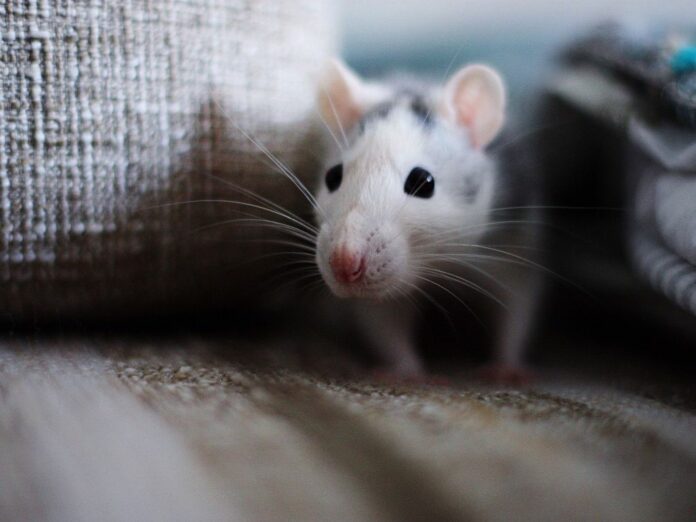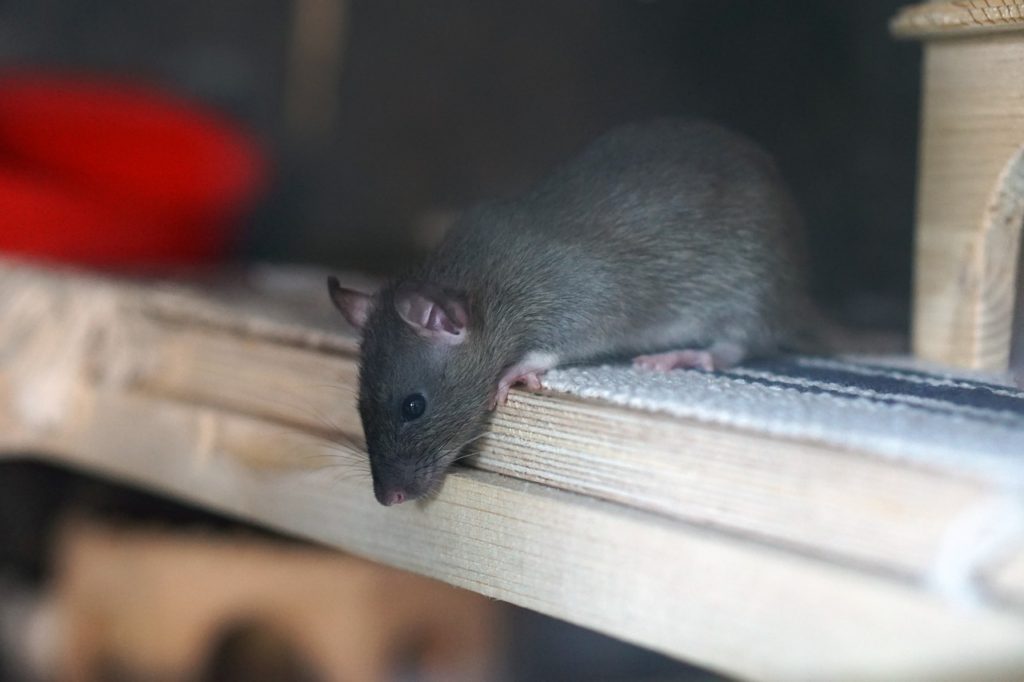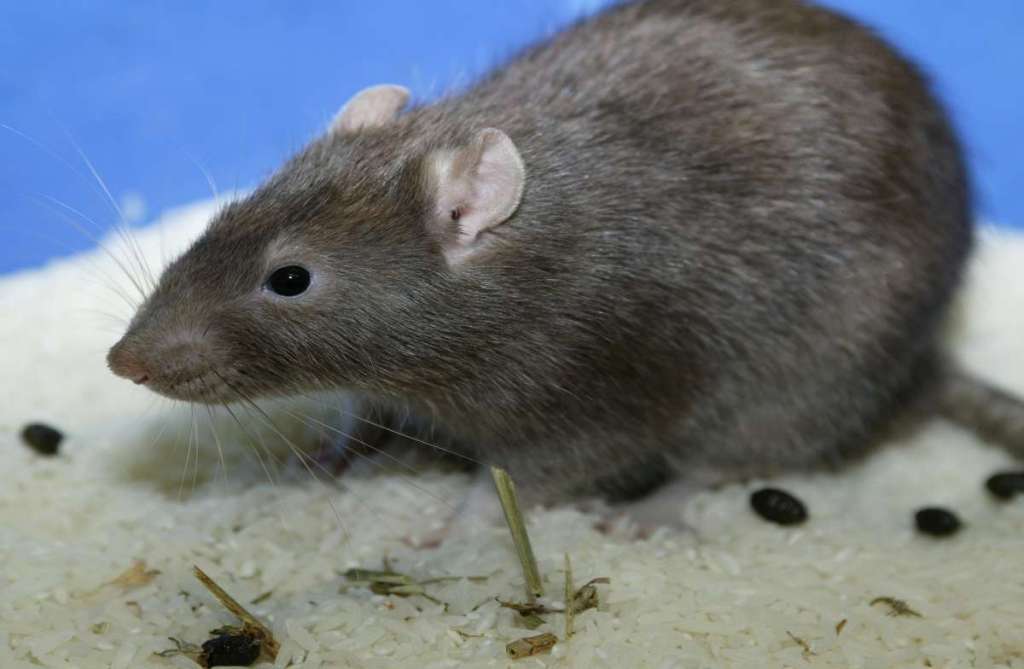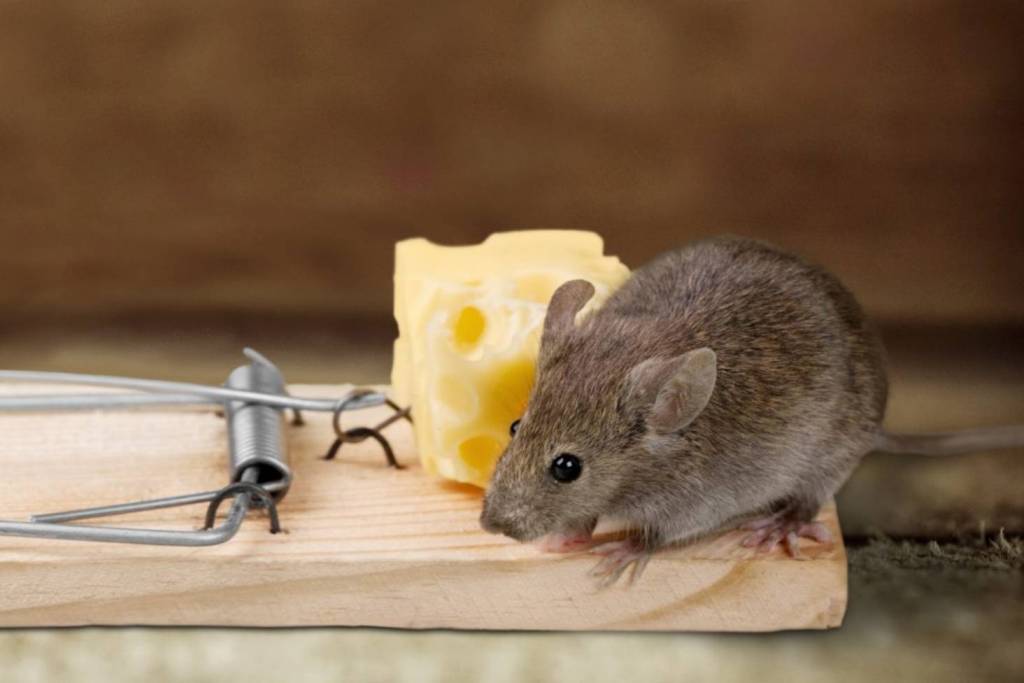Have you seen suspicious signs of rodents in your home? Here’s how to tell if you have a pest problem that needs addressing.
Rats and mice might not be the most welcome guests. But is a rodent problem such a big deal?
It’s a huge deal! Not only can you pick up terrible diseases, but rodents cause up to 25% of house fires in the US each year. Yes, a rodent infestation could potentially lead to death, in the worst-case scenario.
But what are the signs of rodents you need to look out for? Read on for the 411.
Help! There’s a Mouse in the House!
When looking for rat or mouse infestation signs, you need to inspect your home inside and out. A thorough inspection will help you to figure out these things:
- Type of rodent
- The severity of the issue
- Where they nest, eat, and travel
- Cause of the problem (e.g. poor sanitation, water, or available food)
Once you figure out which pest is residing in your home, you can choose which type of rodent-elimination to take. So, grab your flashlight. Let’s get inspecting.
Find Their Base Camp
Of course, the easiest way to determine if you have a rodent problem is finding nests and runways.
You may notice runways and tracks around your home. You might not be able to spot them from a distance. But if you look carefully you may see greasy smudge marks on the walls, and urine stains, droppings, or footprints on the floor.
You can follow the tracks to find their nests which make from shredded paper, fabric or dried plants. If you find a nest with fresh droppings (or even teeny babies) it’s obvious you have a rodent problem.
Identify Rodent Droppings
If you find droppings that are gray and crumbly, it means they are old. But fresh droppings are moist and dark. If you find fresh droppings, it means there is an active infestation.
You may find them near food packages or in dark places. Such as under sinks, in drawers, and cupboards.
Use Your Nose and Ears
If you have a rodent problem, you may start to smell some musky odors in certain areas. And even if you can’t smell the strong ammonia-like odor, your pets can. If your cat or dog starts to act strangely in a certain area, grab your flashlight and take a look.
Use your ears too. You may hear scratching noises or tiny squeaks. Listen for noises under floorboards, in basements, and attics.
Spot the Gnaw Marks
Another one of the easiest mouse infestation signs to spot is gnaw marks. You may find bite marks on food packaging, on furniture or even on the structure of the house. If the gnaw marks are light in color, it means they are new.
How do you know if you have mice or rats? Gnaw marks are a great way to determine the type of rodent. As larger gnaw marks are usually caused by rats, whereas smaller marks might be mice.
Catch Them in the Act
You can also determine the size of the population by being vigilant. Rats normally come out at night. But if you see them in the daytime it means your infestation is getting heavy.
If you realize you have a rodent problem, how do you know if you have mice or rats? Does it make a difference which type of rodent it is anyway? Click on the link for more information.
Have You Spotted Signs of Rodents?
If you’ve spotted signs of rodents in your home, it’s time to take action. It could even be a matter of life and death!
For more tips on how to make your home and garden a safer place for your family, take a look at the rest of our blog.





















